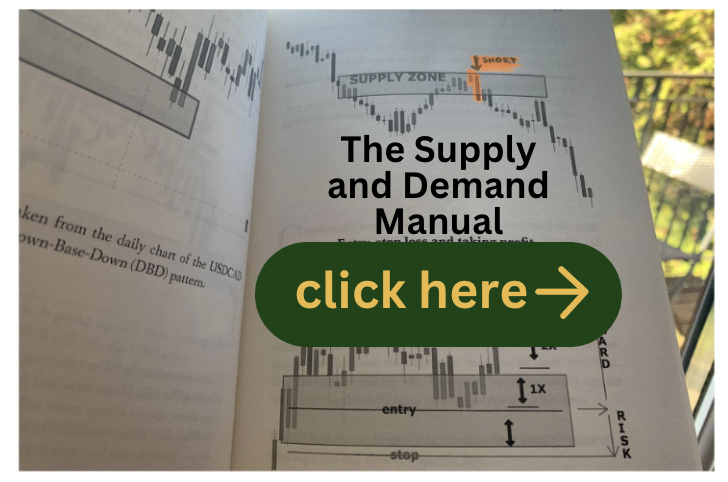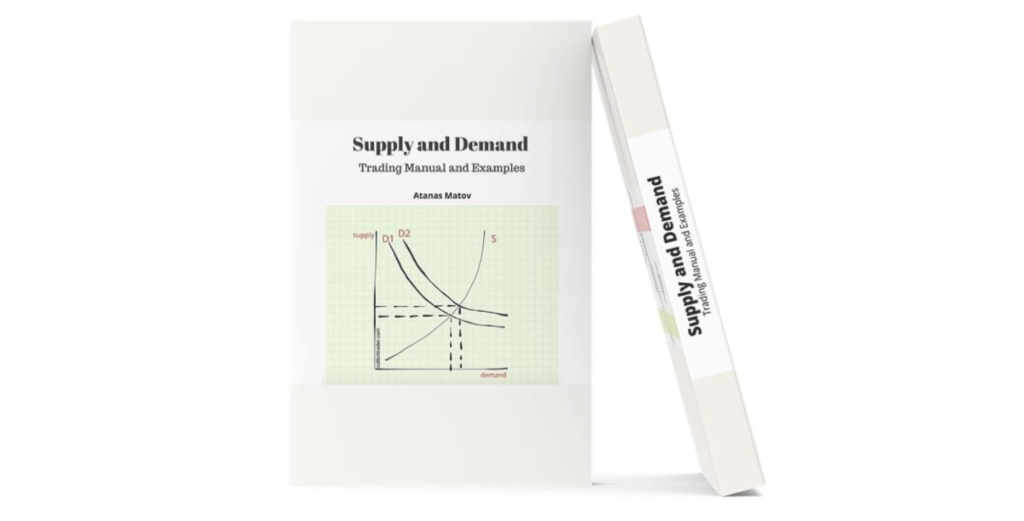Does Supply and Demand Trading Work? 7 Compelling Reasons That Say Yes
Many traders feel overwhelmed navigating the complex maze of exotic indicators and black box algorithms dominating today’s financial markets. But what if unlocking the market’s hidden opportunities was as simple as understanding supply and demand?
While some remain skeptical, dismissing supply and demand analysis as “too simplistic” or “outdated,” properly applying this universal principle can yield trading mastery across all instruments and timeframes.
Read on as we debunk common myths and reveal 7 compelling reasons why trading with supply and demand zones still delivers consistent profits.
Debunking Common Supply and Demand Trading Myths

Before exploring why supply and demand works so effectively, let’s dismantle some frequent misconceptions:
Myth #1: “It’s too simple – markets are more complex today.”
Reality: Supply and demand analysis distills market noise into a high-probability framework for identifying trade setups early, enabling clarity amidst chaos. Master traders stays steps ahead by anticipating what drives prices, not chasing what already moved them.
Myth #2: “It’s outdated – machine algorithms move today’s markets.”
Reality: Behind every algorithm are human coders programming based on price action principles like support, resistance and order flow dynamics – founded in supply and demand. Adaptable traders decode machines by understanding the basics.

Myth #3: “It lacks concrete rules – too discretionary.”
Reality: Established techniques exist for objectively analyzing market structure, footprints, volumes and price action relative to supply and demand zones. Executing this strategy systematically minimizes bias and unlocks precision entries.
The truth is supply and demand analysis remains deeply relevant today. Now let’s explore why…
7 Compelling Reasons Supply and Demand Trading Works
1. Universal Market Principle
Before diving into financial markets, understand this: supply and demand govern ALL markets that involve buying and selling. Whether apples in a fruit stand or assets on an exchange, when supply outweighs demand – prices fall. When demand is stronger – prices rise. Technical indicators may change, but supply and demand endures as the definitive driver of prices.

2. Fundamentals Over Noise
Skilled traders filter market noise by identifying fundamentals – those enduring forces driving prices across changing conditions. Supply and demand provides a reality anchor for evaluating opportunities amidst surrounding noise. By studying supply and demand zones representing consolidated participation by major players, savvy traders focus on movements that matter.
3. Price Transparency
Prices dynamically balance between areas where excess supply converts to demand (support) and demand converts to supply (resistance). Analyzing market structure around these areas reveals the constant tug-of-war between buyers and sellers. This grants clarity into true market sentiment invaluable for timing market entries and exits.
4. Early Trend Recognition
Since supply and demand zones highlight areas of price conviction by major participants, breaks of these zones often precipitate trend shifts. By monitoring price action around these areas, skilled traders exploit trend reversals and continuations early before the herd catches on. This grants enviable opportunity to secure the lowest risk, highest reward entries.
5. Low Entry Costs
Unlike strategies dependent on costly charting platforms, supply and demand analysis can be performed simply by overlaying zones on price history available for free across the internet. This allows beginners to minimize financial outlay needed to evaluate opportunities effectively through a probability lens.
6. Adaptability Across Markets

While certain indicators become fine-tuned to specific assets, supply and demand strategy adapts seamlessly across forex, futures, stocks and cryptocurrency markets. Core principles remain universal even while applying nuances unique to each instrument. This versatility allows well-rounded mastery across endless trading vehicles.
7. Scalability & Consistency
Finally, supply and demand grants consistency whether trading short time frames for scalping, or long term swing trading off weekly charts. Zooming out reveals institutional supply and demand zones providing map points for timing long-term positions. Zooming into smaller time frames provides additional confirmation for entering short-term moves. Across timeframes, supply and demand zones produce reliable trading channels.
Conclusion: Master the Market’s Hidden Language
We just revealed 7 compelling reasons why supply and demand remains the definitive, universal market principle driving prices since ancient human commerce began.
While many chase complex indicators attempting to crack market codes, savvy traders build success on this foundational pillar that has stood the test of time.
Ready to master the hidden language spoken by supply and demand traders?

Download our Supply & Demand Trading Power Manual now to begin profiting from the markets’ endless opportunities!





